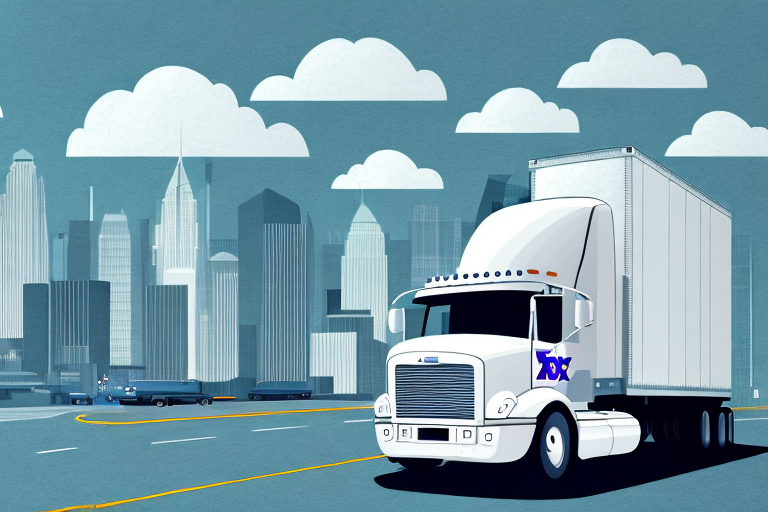When it comes to keeping businesses running smoothly, logistics is at the heart of everything. Whether it’s getting products to customers on time or making sure warehouses aren’t overloaded with unnecessary stock, logistics optimization plays a key role in shaping success. But what does it take to truly optimize logistics, and why is it a game-changer for businesses of all sizes? Let’s dig deeper.
What Does Logistics Optimization Really Mean?
Logistics optimization is all about doing things smarter, not harder. It’s the process of analyzing every aspect of your supply chain to figure out the most efficient ways to manage transportation, inventory, and delivery. The goal? Cut costs, improve speed, and make life easier for everyone involved—your team and your customers.
It’s not just about trucks and warehouses. Logistics optimization also involves:
- Ensuring the right inventory levels
- Planning the quickest and most cost-effective delivery routes
- Monitoring real-time data to adapt to sudden changes
- Predicting future trends to stay one step ahead
When done right, logistics optimization turns chaos into clarity, ensuring businesses can deliver what they promise.
Why Logistics Optimization Matters
You might wonder why so many businesses are focusing on optimizing logistics. The reasons are simple:
1. Cost Reduction Without Sacrificing Quality
Running a supply chain is expensive, but efficient logistics ensures you’re not wasting money on avoidable mistakes like fuel inefficiency, overstocked inventory, or underutilized trucks.
2. Keeping Customers Happy
Nobody wants to wait longer than necessary for their orders. Streamlined logistics means faster, more reliable delivery, leaving customers satisfied and more likely to come back.
3. Adaptability in a Changing World
From unexpected disruptions to seasonal demand spikes, optimized logistics help businesses stay agile and ready for whatever comes their way.
4. A Step Toward Sustainability
Improved routing and smarter operations lead to less fuel consumption, fewer emissions, and a greener approach to doing business.
The Power of Technology in Logistics
Technology is a key enabler in logistics optimization. Businesses that embrace data and innovation are seeing transformative results. Here’s how technology is making a difference:
Data Analysis for Smarter Decisions
The days of guessing are gone. Data analytics offers real-time insights into inventory levels, shipping times, and delivery performance, making it easier to spot inefficiencies and improve processes.
AI-Powered Planning
Artificial intelligence is reshaping logistics by forecasting demand, planning delivery routes, and even managing unexpected changes like weather disruptions or driver availability.
IoT for Full Visibility
IoT devices, like sensors and GPS trackers, give businesses a complete picture of where goods are and how they’re being handled. For example, temperature-sensitive products can be monitored to ensure they stay within safe conditions.
Automation in Action
From automated picking systems in warehouses to self-driving delivery vehicles, automation is speeding up logistics operations while reducing errors.
Examples of Logistics Optimization in Action
E-commerce and Retail
Imagine a busy online retailer during a holiday sale. Optimized logistics ensures warehouses are prepared for high order volumes, and delivery trucks take the best possible routes to meet tight deadlines.
Healthcare
For hospitals and clinics, having the right supplies at the right time can be a matter of life and death. Logistics optimization ensures medical equipment and medications are delivered quickly and accurately.
Food and Beverage
In industries where freshness is key, logistics optimization ensures perishable goods reach their destination before their shelf life runs out.
Manufacturing
Manufacturers rely on logistics to ensure raw materials arrive on time and finished goods reach distributors efficiently.
Common Challenges in Optimizing Logistics
While the benefits of logistics optimization are clear, it’s not without its challenges:
- Unexpected Disruptions: Natural disasters, strikes, or global events can disrupt even the best-laid plans.
- Integration of Systems: Many businesses struggle with outdated systems that don’t communicate well with modern technology.
- High Upfront Costs: Investing in new tools and technologies requires resources, which can be challenging for smaller businesses.
Despite these obstacles, the rewards of overcoming them are well worth the effort.
How Marradata.ai Helps Businesses Optimize Logistics
At Marradata.ai, we believe logistics doesn’t have to be a headache. Our tailored solutions help businesses transform their supply chains into well-oiled machines. Here’s what we bring to the table:
- Customized Solutions: We don’t believe in one-size-fits-all. Every business is unique, and our logistics strategies are designed to fit your specific needs.
- Real-Time Insights: Our advanced analytics tools give you the full picture, helping you make informed decisions at every stage of your supply chain.
- Future-Ready Technology: From AI to IoT, we use cutting-edge technology to help you stay ahead of the curve.
- Sustainability Focus: Our strategies emphasize efficiency and environmental responsibility, helping you reduce waste and emissions.
The Path to Smarter Logistics
Logistics optimization isn’t just about improving the supply chain—it’s about creating a foundation for long-term success. By reducing costs, improving efficiency, and adapting to change, businesses can achieve more than just operational excellence—they can deliver better experiences for their customers.
Looking to take your logistics to the next level? Marradata.ai is here to guide you every step of the way. Let’s make logistics your strongest asset.

